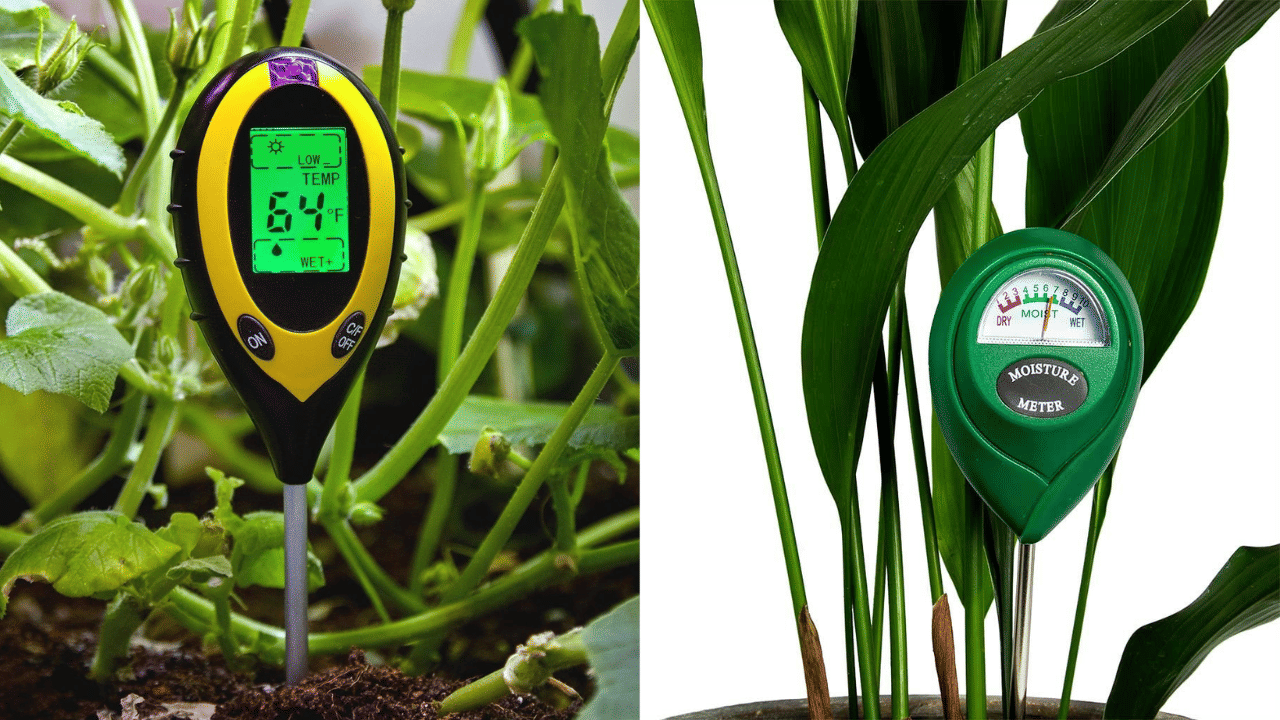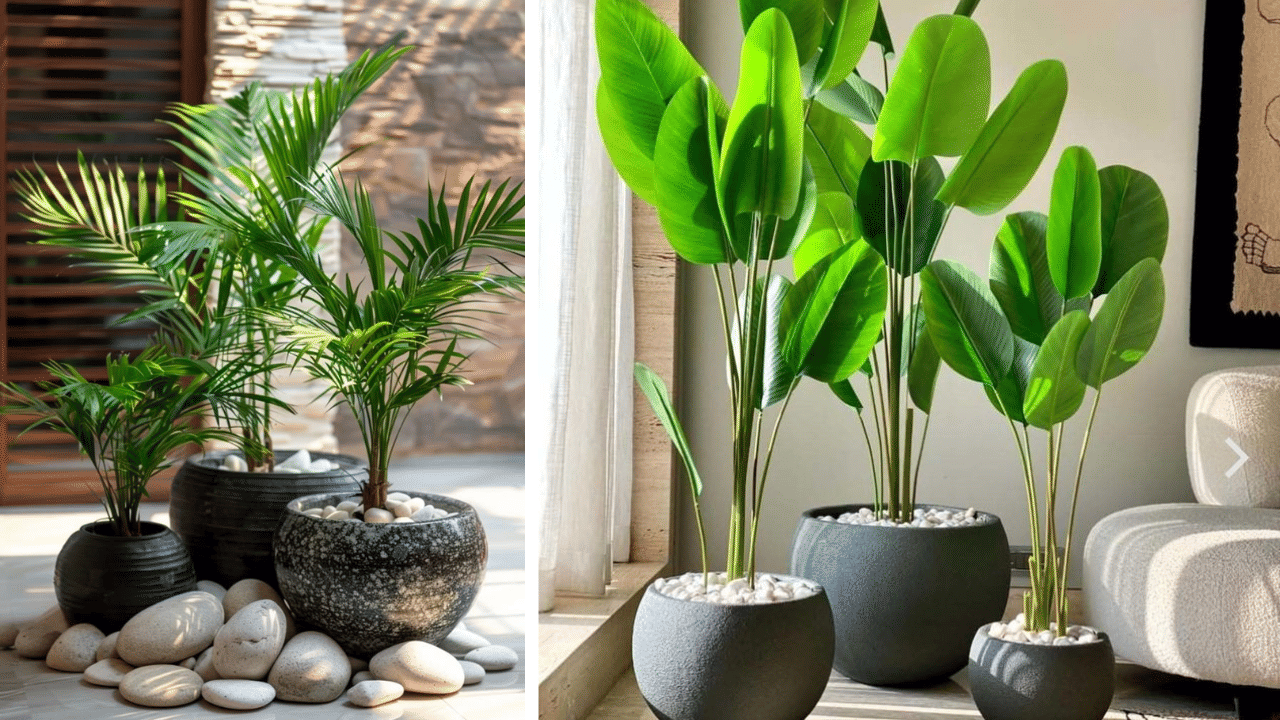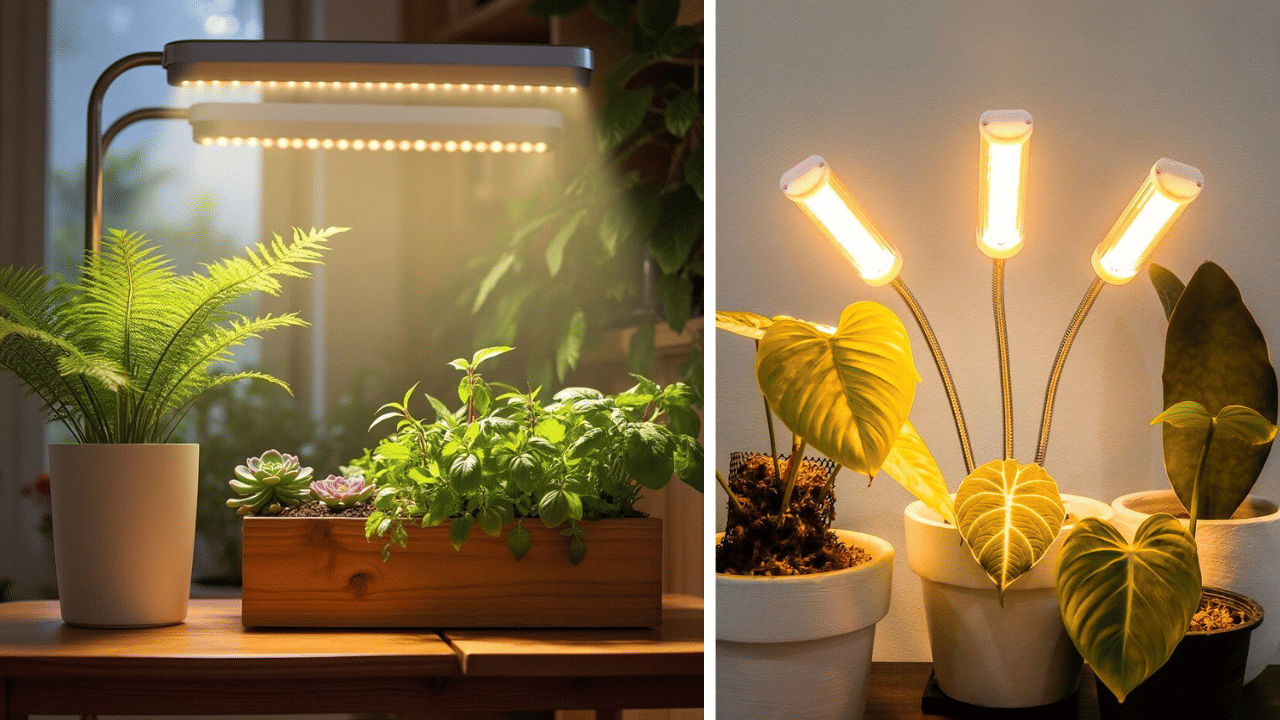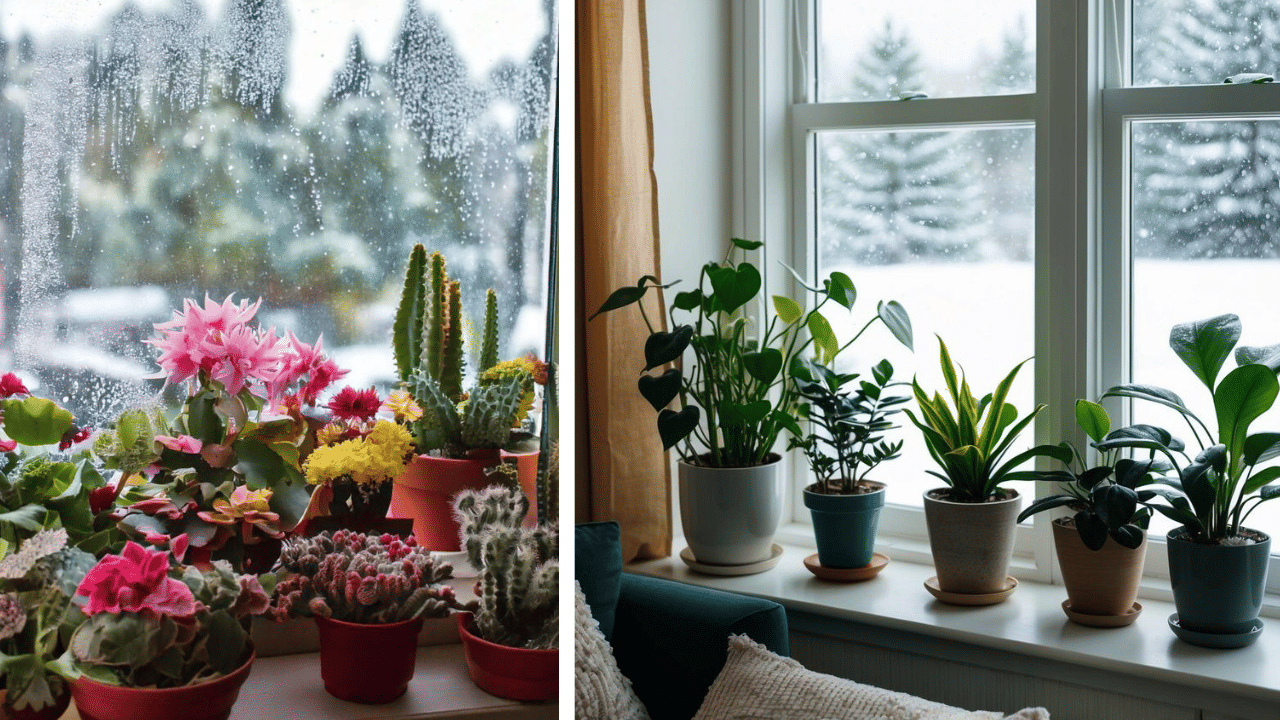New Delhi: Winter can be a challenging season for your indoor plants. Reduced sunlight, dry air, and cooler temperatures can stress even the hardiest houseplants. Ever wondered how to keep your indoor green friends healthy and thriving during these chilly months? This blog shares unique, practical tips for nourishing indoor plants during winter, keeping them vibrant and strong when nature slows down.
Indoor plant care in winter goes beyond watering less. It means adjusting feeding, humidity, light, and temperature carefully to meet your plants’ changed needs. Whether you’re a seasoned plant parent or a budding enthusiast, these tips on nourishing indoor plants during winter will transform your winter gardening experience.
Practical tips to nourish indoor plants during winter
1. Fine-tune watering with soil probes
Use moisture meters or probe the soil an inch deep to avoid overwatering. Moist soil might feel dry on the surface, but is still hydrated. Water only when the soil is genuinely dry, preventing root rot and fungal diseases.

2. Use diluted liquid fertilisers biweekly
Indoor plants slow down growth but still need nutrients. Apply half-strength liquid fertiliser every two weeks. This cautious feeding supports roots and foliage without nutrient buildup that harms plants over winter.
3. Place plants near east or south-facing windows
Maximise gentle winter sunlight by moving plants close to east or south-facing windows. They receive more indirect light, which is safer than harsh direct sun, reducing the risk of leaf scorching while boosting photosynthesis.
4. Boost humidity with pebble trays or humidifiers
Winter heating dries indoor air, stressing plants used to humidity. Set pots on water-filled pebble trays or run portable humidifiers nearby. Grouping plants also raises local humidity, creating a mini rainforest effect in your home.

5. Avoid temperature fluctuations and drafts
Keep plants away from cold windows, doors, heating vents, and radiators. Sudden temperature shifts cause leaf drop and stress. Maintain consistent room temperatures ideally between 15-24°C, mimicking their natural stable environments.
6. Dust leaves gently to improve light absorption
Winter dust settles on leaves, blocking sunlight. Clean leaves with a soft, damp cloth weekly, enhancing their ability to photosynthesise and breathe. This simple care improves overall plant health during low-light conditions.
7. Rotate plants to ensure even growth
Turn plants periodically to ensure all sides receive light exposure. This prevents uneven growth and keeps plants shapely and balanced, critical during winter’s shorter daylight hours.
8. Inspect regularly for pests and diseases
Check leaves, stems, and soil for aphids, spider mites, or fungal infections. Cooler seasons reduce natural pest predators, increasing infestation risks. Early detection and gentle organic treatment keep plants resilient.
9. Use grow lights for dark corners or cloudy days
Supplement natural light with LED grow lights positioned 12-24 inches above plants. This encourages healthy growth and prevents legginess, especially in homes with limited sun during the winter months.

10. Reduce repotting and pruning activities
Winter is a rest period for plants. Avoid heavy pruning or repotting, which can shock roots and divert energy. Light trimming of dead leaves is fine, but major changes are best postponed until spring.
Mastering indoor plant care during winter ensures your leafy companions thrive, even when nature slows down. Fine-tuning watering, feeding moderately, boosting humidity, and optimising light keeps them vibrant through chilly months. Embrace these practical tips on nourishing indoor plants during winter to create a flourishing green oasis at home all year round.
